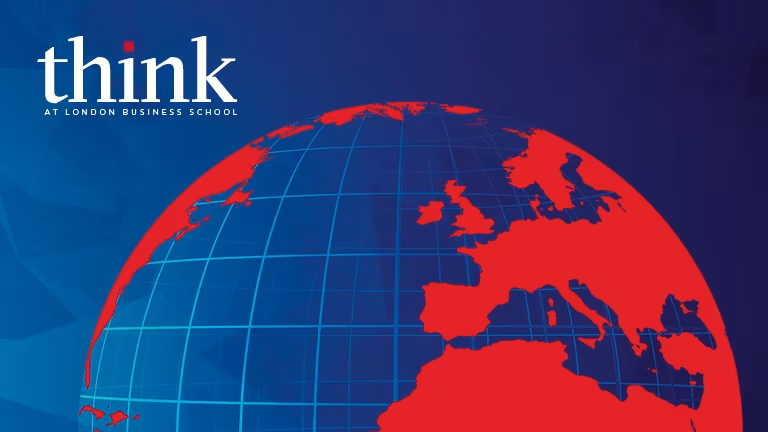
Discover fresh perspectives and research insights from LBS
Think at London Business School: fresh ideas and opinions from LBS faculty and other experts direct to your inbox
Sign upPlease enter a keyword and click the arrow to search the site
Or explore one of the areas below
Business theory is still struggling to grasp that organisations are driven by human behaviour

If the banking scandals and credit crisis had one positive effect, it was to highlight that institutions ultimately stand or fall due to human behaviour. The collapse of supposedly rational, self-regulating markets was so evidently the result of age-old human follies that understanding the ‘soft’ stuff suddenly became a priority.
Groupthink (the tendency of individuals with similar backgrounds to reinforce one another’s worldview), overconfidence bias (allowing past success to blind you to emerging risks) and confirmation bias (filtering out evidence that clashes with established narratives) created asset bubbles and major policy errors by traders, central banks and governments – and catastrophic business failures.
Ten years ago, an executive would risk ridicule by opening a board discussion with an invitation to scrutinise long-held beliefs, or try to make conscious some unconscious biases. Now, this is commonplace.
This builds on the well-established evidence base showing that factors such as personal resilience, patience, practical wisdom and team engagement have a major impact on the ability of a company’s people to serve their customers, generate economic returns and innovate to stay competitive.
There is one lingering cultural belief, however, that limits the humanising reform that such developments have brought: While at the level of individuals and teams it is credible to report tangible progress, at the organisational level the terms of reference continue to be dehumanised: market share, quarterly reports, assets, corporate structure, capital, outsourcing, cost base. Company reporting remains dominated by historic financial results.
A common response to this disparity is to divide the company and the managerial task into the ‘hard’ matters of finance and structure and the soft matters of culture, trust, and relationships. Is this dualism, and the assumptions it rests on, soundly based? Is it affected by unconscious biases?
For example, many of the common terms of reference in business management that support such dualism, such as corporate structure and human resources, are actually metaphorical – something that is rarely, if ever, acknowledged. The concept of the firm in the standard MBA curriculum is taken to be both singular and inanimate, which is not how any firm actually operates in the real world.
The dualism is most starkly visible in the somewhat stymied efforts to represent the value of human capital. For many, especially in the investment community, it has been a source of frustration that a large and growing part of decision-making rests upon guesswork. Financial information dominates analysis, but in the past 20 years the proportion of a company’s market value that consists of quantifiable, tangible assets on the balance sheet has shrunk, while the proportion of intangible assets – reputation, skills, human capital – has grown.
Early in 2015, the latest official UK report summarising progress on methods to quantify intangible assets described limited progress since a similar publication, the 2003 Kingsmill Report, attributing the limited uptake to lack of consistency, credibility and clarity in reporting. It stated:

Think at London Business School: fresh ideas and opinions from LBS faculty and other experts direct to your inbox
Sign up